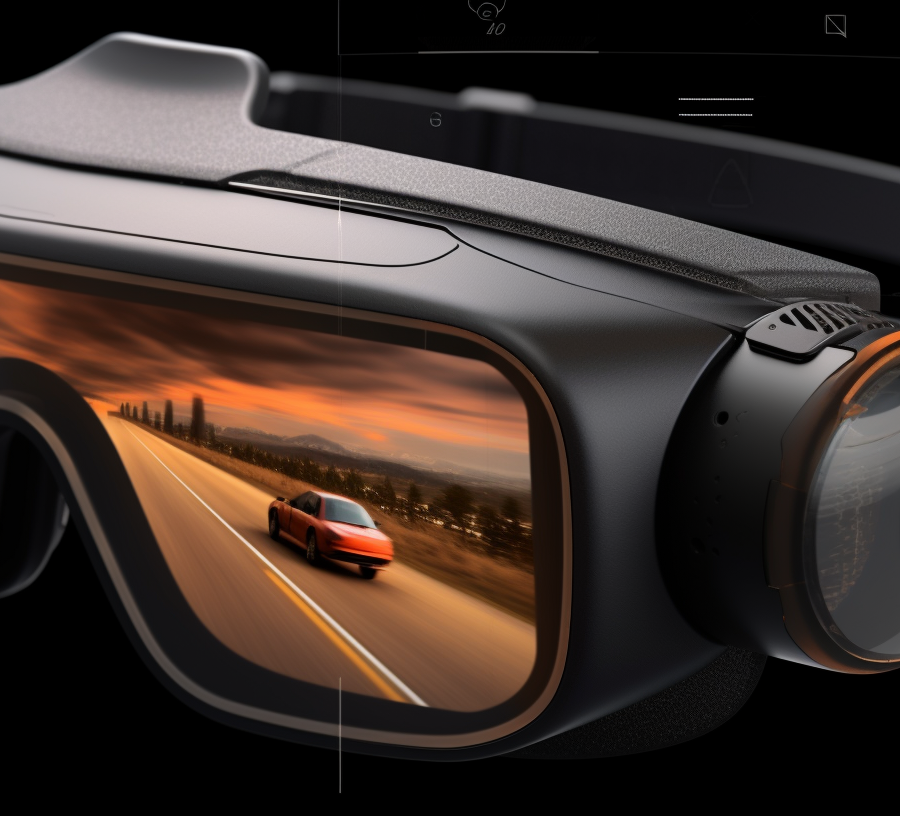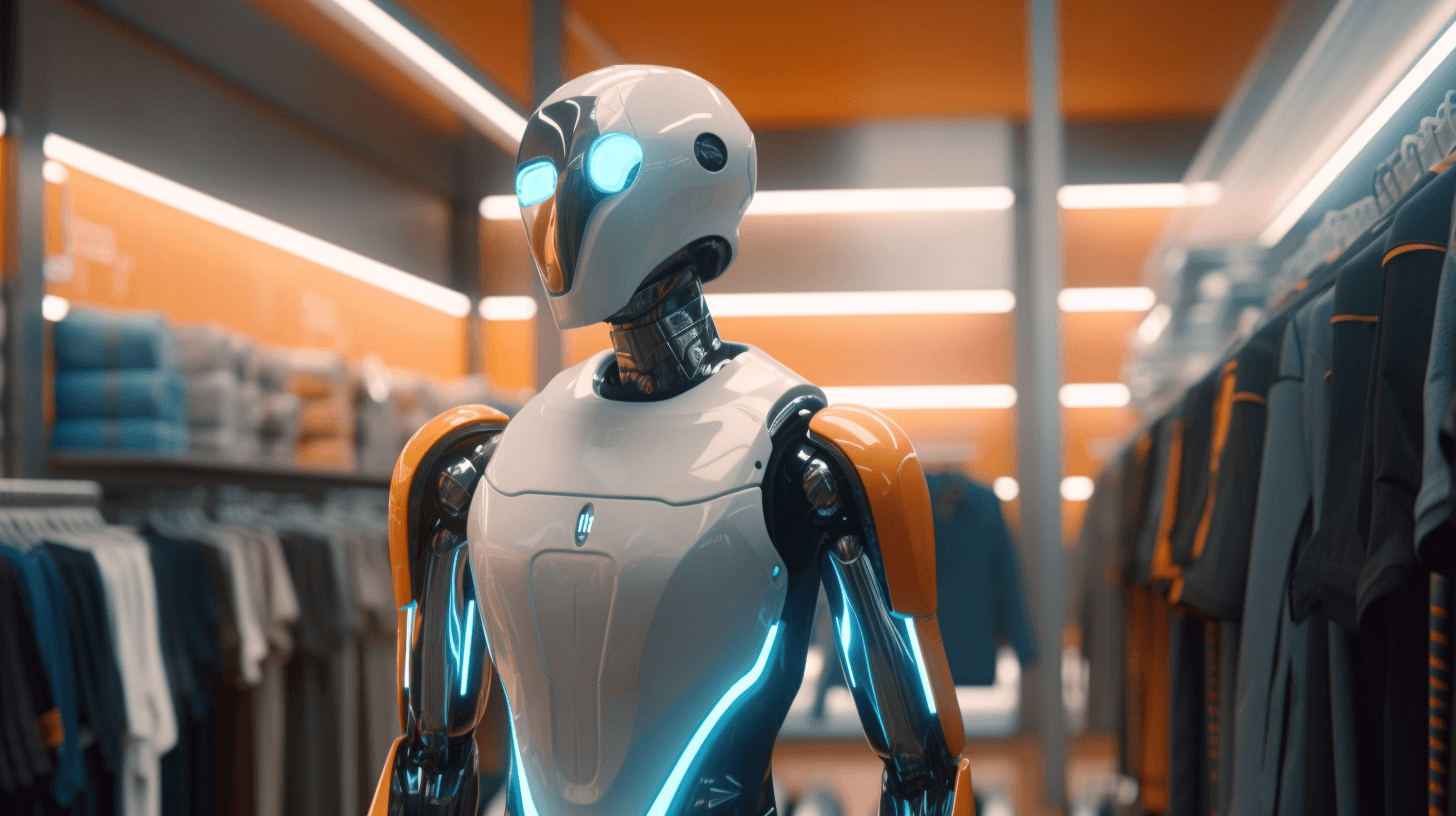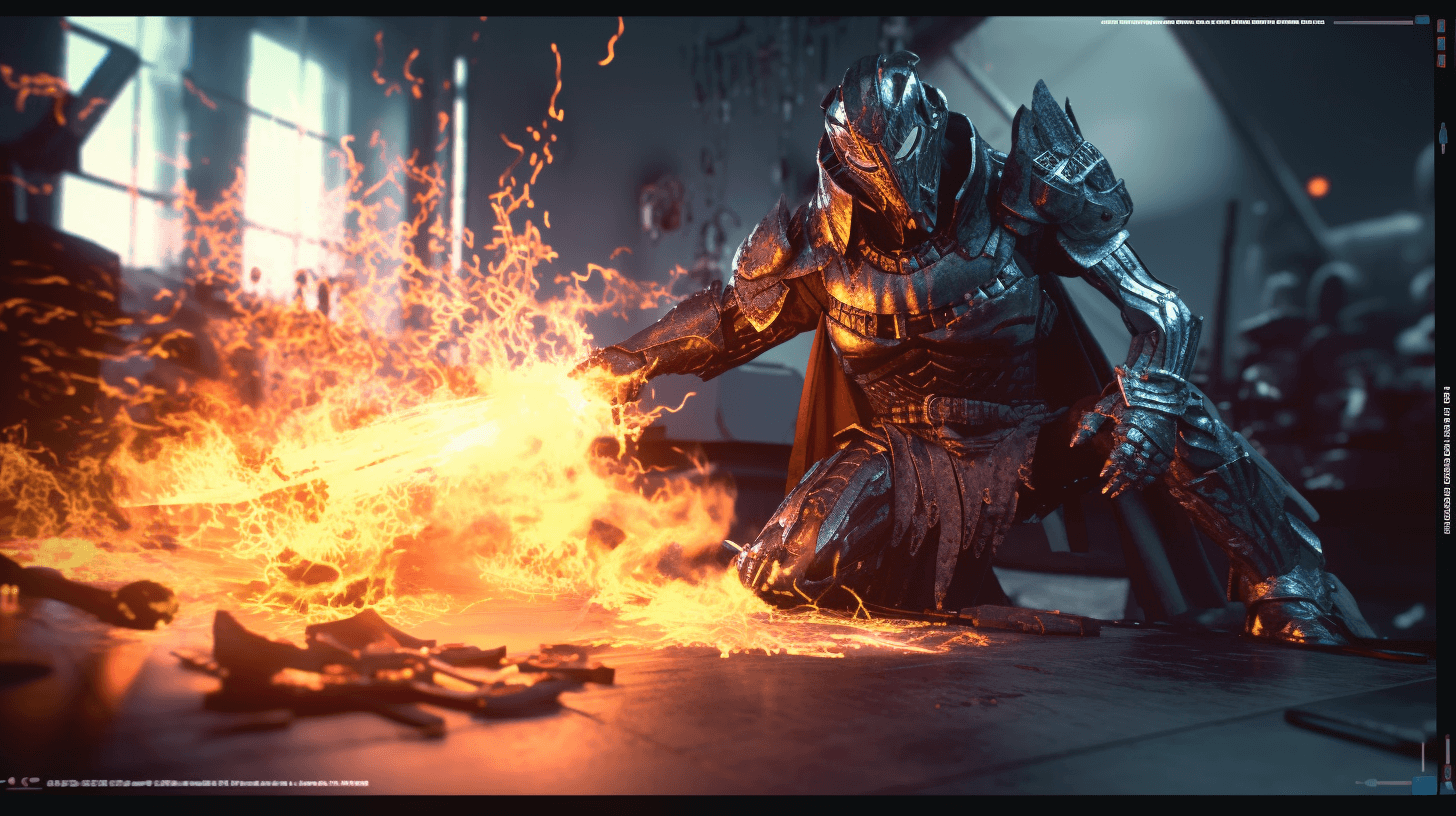🤖🔢🌴 Ho, Da A.I. Buggah Going Crack Da Math World Wide Open
⬇️ Pidgin | ⬇️ ⬇️ English
Chee, thousands of years gone by, all da kine mathematicians stay adapting to da latest advances in logic and reasoning. But you know what? Now, dey gotta deal with da artificial intelligence, or what we call A.I.
If you check da Getty museum in Los Angeles, get one 17th century portrait of da ancient Greek mathematician Euclid. Brah looking all rumpled, holding up sheets of his famous geometry work, da “Elements”, with his hands all dirty. 🖼️📜🧮
For over 2,000 years, Euclid’s work was da benchmark for all math reasoning. He started with some ‘definitions’ that was kinda poetic, then went build da rest of da math on top, proving things step by step. Had some guys grumbling dat some of his ‘obvious’ steps no was that obvious, but still, da system worked.
By da time we reached da 20th century, da mathematicians no was willing to base math on this intuitive geometric foundation. They developed formal systems instead – using precise symbolic representations, mechanical rules. Dis led to math getting translated into computer code. In 1976, da four-color theorem — wea four colors enough to fill a map without two adjacent regions being the same color — became the first major theorem proved with da help of computational brute force.🖥️🎨🗺️
Nowadays, the mathematicians gotta deal with one new force: artificial intelligence.
In 2019, Christian Szegedy, one computer scientist used to work for Google but now at one start-up, predicted that one computer system going match or exceed the problem-solving ability of da best human mathematicians in ten years. He even updated da target date to 2026.
Akshay Venkatesh, one mathematician at the Institute for Advanced Study in Princeton, no really interested in using A.I. right now, but he stay talking story about it. He recently said he not against using technology for support our understanding, but gotta be mindful about how we use it.
One recent workshop on “machine-assisted proofs” drew an unusual mix of mathematicians and computer scientists. Terence Tao, one math guy at the university, was the workshop’s lead organizer. Dr. Tao said that only in the last couple years mathematicians started worrying about A.I.’s potential threats, but now the community members are talking about the issues and exploring the potential.
Had one interesting attendee at the workshop, one trapezoidal box named “raise-hand robot” that would raise its hand whenever an online participant had one question.
These days, no shortage of gadgets for make our lives easier, like diet, sleep, exercise. A.I. gadgets might do the same for math: “What can machines do for us, not what will machines do to us.” ⏳💡👨💻
One math gadget is called a proof assistant, or interactive theorem prover. Step-by-step, a mathematician translates a proof into code; then a software program checks whether the reasoning is correct. All the verifications go into one library for others for reference.
One such proof assistant system is Lean, developed at Microsoft. But a proof assistant also has drawbacks: It often complains that it does not understand the definitions, axioms or reasoning steps entered by the mathematician, and for this it has been called a “proof whiner.” But some people say that this same feature — providing line-by-line feedback — also makes the systems useful for teaching.
Dr. Macbeth even designed a “bilingual” course, translating every problem presented on the blackboard into Lean code in the lecture notes, and students had to submit solutions to homework problems in both Lean and prose.
Another automated-reasoning tool is what they call “brute reasoning” (or, more technically, a Satisfiability, or SAT, solver). By just saying, with a carefully crafted encoding, which “exotic object” you want to find, a supercomputer network can determine whether or not that entity exists.
Yuhuai “Tony” Wu, a computer scientist formerly at Google, has one big machine-learning goal: to “solve mathematics.” At Google, Dr. Wu explored how the large language models that empower chatbots might help with mathematics. The team used a model that was trained on internet data and then fine-tuned on a large math-rich data set. When asked in everyday English to solve math problems, this specialized chatbot, named Minerva, was “pretty good at imitating humans.”
In the end, Dr. Wu envisions one “automated mathematician” that can solve a mathematical theorem all by itself.
Mathematicians have mixed feelings about these disruptions. Some are worried about the potentially conflicting goals and values of research mathematics and the tech and defense industries.
One thing is for sure, A.I. is coming for the world of mathematics and the effects going be big kine. The only thing left is for us to see how this going shape the future of mathematics and education as we know it. 🤖🔢🌴
NOW IN ENGLISH
🧮🤖 AI is Taking Over the World of Mathematics
Mathematicians have been deciphering the world around us with their analytical minds for centuries. However, a new player has entered the game – artificial intelligence (AI). Are you prepared? 🚀
The Getty Museum in Los Angeles houses a historical portrait of Euclid, an ancient Greek mathematician. The image shows him disheveled, clutching his geometric work, “Elements,” with grubby hands. 🖼️📖
Euclid’s book served as the bedrock for mathematical understanding for more than 2,000 years. It was widely used, although some complained about the omission of certain steps in his explanations. Yet, the system was generally accepted. 🏛️
However, in the 20th century, mathematicians began to distance themselves from these old geometric methods. They adopted formal systems involving exact symbols and rules. Eventually, this approach paved the way for coding mathematical algorithms into computers. In 1976, the four-color theorem, a solution for coloring maps so no two adjacent areas share the same color, became the first major theorem proven using computational power. 🖥️🔍
Today, mathematicians find themselves grappling with the implications of AI, the new paradigm shift. 🔄
In 2019, computer scientist Christian Szegedy made a bold prediction. He claimed that by 2029, computational systems would be on par with or superior to human mathematicians in problem-solving. He then revised this estimate to 2026. 🗓️🤯
Renowned mathematician Akshay Venkatesh hasn’t wholly embraced AI yet, but he acknowledges its potential impact. He wants his students to understand how their field is about to be fundamentally transformed. “We have to be mindful about how we use technology to assist our understanding,” he advises. 🎓🚀
In February, logician Dr. Avigad attended a workshop on “machine-assisted proofs” at the Institute for Pure and Applied Mathematics at UCLA. The attendees consisted of a diverse mix of mathematicians and computer scientists. Terence Tao, a Fields Medal recipient, was also present. He noted that mathematicians had only begun to worry about the influence of AI in recent years. However, more people are now discussing potential challenges, which he considers a positive development. 👥💬
During the workshop, a robot was used to raise its hand whenever there were online questions. Dr. Tao humorously observed, “It helps if robots are cute and nonthreatening.” 🤖✋😅
Then come the “proof whiners.” As our lives have been simplified by various devices, mathematician Jordan Ellenberg believes that AI tools may also aid mathematical endeavors. 💻📚
One such device is a “proof assistant.” Mathematicians input proofs into code, and the program verifies if the reasoning is logical. These proofs are stored in a library accessible to other researchers, reflecting modern mathematics’ communal aspect. This process is reminiscent of how Euclid’s “Elements” served his era. 📚💾
Lean, a proof assistant system developed by Microsoft, has been attracting interest recently. Lean employs traditional AI for automated reasoning and has been used to verify some notable theorems. However, Lean often encounters problems when it cannot comprehend certain definitions or reasoning steps and tends to voice its grievances. This tendency has earned it the nickname “proof whiner.” This makes research challenging, but it’s handy for pedagogical purposes, says Fordham University mathematician Heather Macbeth. 💼💡
Johns Hopkins University mathematician Emily Riehl has used Lean to formalize proofs she previously published. “I can explain it to a really dumb computer,” she states. 🖥️📝
But does brute reasoning equate to mathematics? Computer scientist Marijn Heule uses another tool, a SAT solver, for brute reasoning. Simply input the problem, and it will find the solution. Prior to the workshop, Heule and his student solved a longstanding problem using a 50-terabyte file. Some people question whether this counts as math. In Heule’s opinion, we need this approach to solve problems beyond human capacity. 💭🧠
Machine learning is another method. It excels at identifying patterns from vast datasets but lacks in logical reasoning. Google’s DeepMind uses machine learning for problems like protein folding and chess. Former Google computer scientist Yuhuai “Tony” Wu wants to apply machine learning to “solve mathematics.” He envisages an “automated mathematician” that can independently resolve mathematical theorems. 🎛️🧩
The reactions of mathematicians to these changes vary widely. Michael Harris at Columbia University expresses concern about the goals and values of research mathematics, technology, and defense industries. He noted that a representative from government contractor Booz Allen Hamilton attended a workshop on AI in mathematics. “Mathematics is being used as a means of predicting and controlling social behavior,” he warns. 🏦🔬
Others, like Kevin Buzzard from Imperial College London, find these changes exciting. “I love the idea of formalizing mathematics, and I’m willing to change the way I work,” he shares. 📈💼
Wu, the computer scientist, predicts that AI will significantly impact mathematics. He forecasts a fundamental shift in the nature of mathematics. 🌐🔭
Only time will tell how this will all unfold. But one thing is certain; the world of mathematics is poised for a thrilling journey with AI. 🚀🧭🌍







